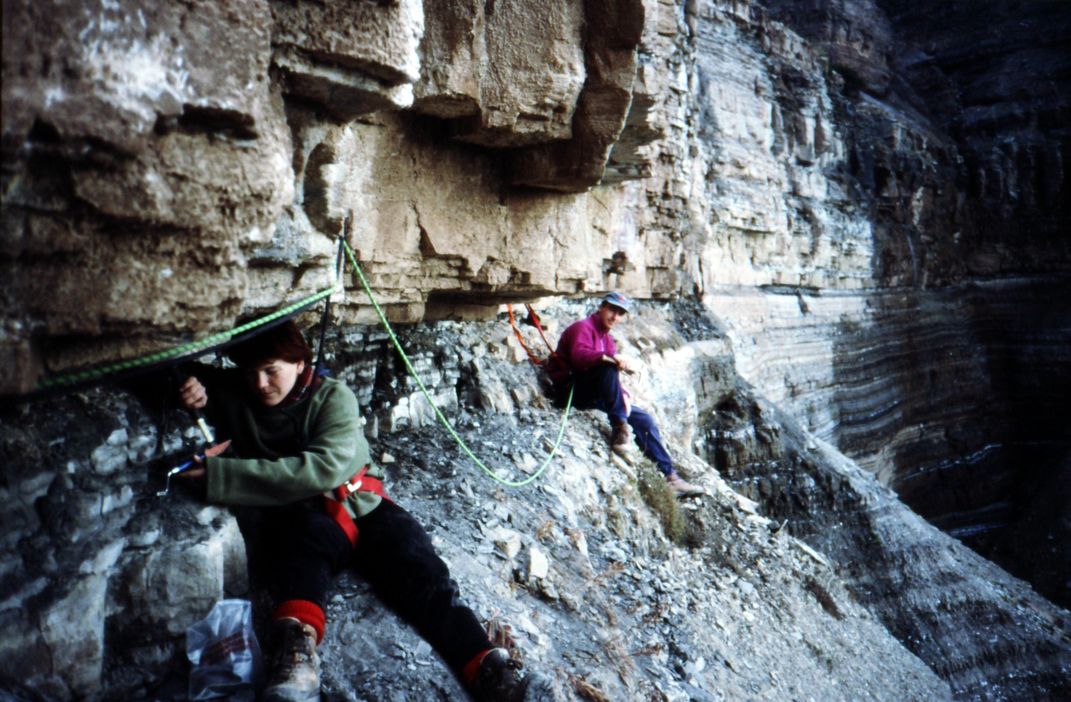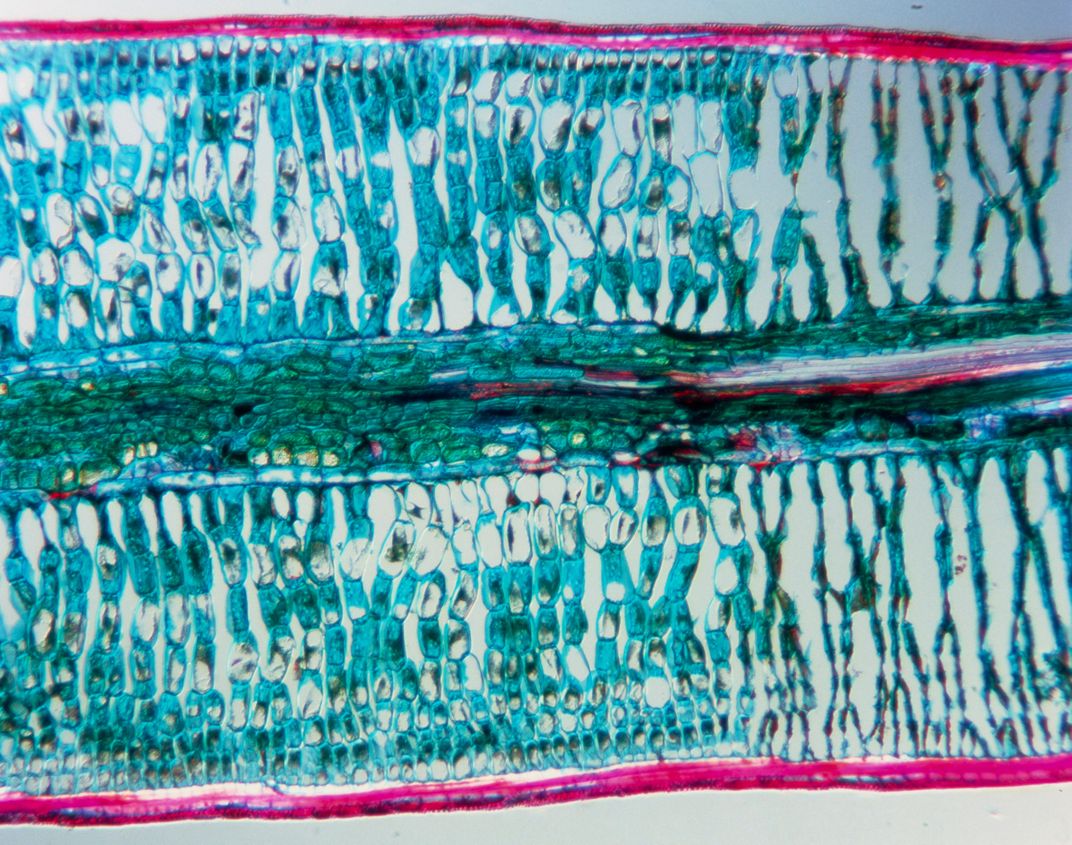Vinegar-Like Acid Rain May Have Fallen During Earth’s Worst Extinction
Vanilla-flavored rocks hint at a planet scoured by intense acid rain during the Great Dying 252 million years ago
/https://tf-cmsv2-smithsonianmag-media.s3.amazonaws.com/filer/1c/35/1c35123e-4189-4366-8ea9-69504e8beeda/2007-7446_trilobites_walleserops.jpg)
Roughly a quarter of a billion years ago, an apocalypse struck the Earth. Known as the Great Dying, it claimed more lives than any other mass extinction known to science, including the one that did in the non-avian dinosaurs 65 million years ago. Over 90 percent of all species on the planet were wiped out, from armor-clad trilobites in the oceans to giant reptiles on land. The host of strange creatures vanished, giving way to the ancestors of modern flora and fauna.
What caused the cataclysm has long been a subject of debate—theories range from an asteroid impact to methane-belching microbes. The most popular scenario starts with volcanoes in present-day Siberia, which erupted at about the right time to have kicked off a cascade of problems, including climate change. Now a team of researchers has found physical evidence that extremely caustic acid rain created by these massive eruptions could have played a part in the loss of life.
“For the first time, we can say that soils from this time had an acidity similar to that of vinegar,” says Mark Sephton, a geologist at Imperial College London whose team will publish the finding in February in the journal Geology.
Sephton and his colleagues examined traces of ancient soils in rock strata that date back to the extinction, which occurred at the end of the Permian period around 250 million years ago. At this time, all of the world’s landmasses were fused into the supercontinent Pangaea. The rocks, unearthed in what is now Northern Italy, contained a particularly intriguing substance: vanillin, the same molecule that gives vanilla its flavor and aroma.

Vanillin is naturally produced by plants and is found in wood. But it shouldn’t survive long on its own in the ground, where bacteria release enzymes that break it down. Finding significant amounts preserved for hundreds of millions of years was even more surprising.
“It’s certainly unusual,” says Tim Bugg, a biological chemist at the University of Warwick who was not involved in the study. “To see vanillin accumulate probably suggests a lack of bacterial degradation activity.”
To explain the lethargy of the bacteria, the researchers turned to the dairy industry for inspiration. Milk producers often flavor their beverages by adding a dash of vanilla. Experiments have shown that acidifying milk protects the additive and prolongs the flavor, because the low pH deactivates the enzymes that would otherwise target vanillin.
Soil bacteria activity out in the wild could be similarly sensitive to acid, which would also explain why the Italian rocks contained relatively low amounts of a chemical called vanillic acid that tends to be produced by vanillin-munching bacteria. “Our data fits the idea that acid rain caused the microbes to cease functioning,” says Henk Visscher, a paleoecologist at Utrecht University in the Netherlands and a member of Sephton’s team.
Studies of acid rain produced in the 20th century, primarily by fossil-fuel burning power plants, have shown that it can disrupt ecosystems. The poisonous precipitation strips nutrients out of the soil and damages plants. A loss of vegetation could have lead to widespread erosion, Septhon speculates, and a shortage of food that made life difficult for creatures higher on the food chain.

The finding is welcome news for Benjamin Black, now a geologist at the University of California, Berkeley. While at MIT he helped create a computer simulation that estimated the amount and severity of acid rain that could have been produced by the Siberian eruptions. “My hope when I was making that prediction was that we would find ways to test it,” says Black.
Published in 2013, the model suggested that carbon dioxide belched out by the eruptions could have lowered the pH of rain to about 4, the acidity of tomato juice. Add in sulfur dioxide, another common volcanic emission, and the acidity could have worsened a hundred-fold—the Northern Hemisphere could have been scoured by bursts of rain as acidic as undiluted lemon juice.
“It can’t be a coincidence that vanillin turns up exactly at this time,” says Greg Retallack, a paleobotanist at the University of Oregon who was not involved in the research. But he cautions that this new and unfamiliar approach to studying ancient soils must be carefully scrutinized. Retallack also questions whether sulfur dioxide emissions from the Siberian volcanoes could have had such a global impact. The pollutant typically forms heavy aerosol particles that rain out of the sky, limiting how far it can travel.
The severe acid rain proposed by Sephton’s team could instead have been the work of a smaller eruption close to the site studied, suggests Retallack. Another possibility is that, in certain conditions, microbes can produce sulfuric acid and acidify their environments all by themselves. In either case, the plunge in soil pH would have been limited to the region.
Bolstering the case for a worldwide acid rain epidemic may require looking farther afield. Traces of ancient soils dating back to the Great Dying have turned up not only in Italy but also in places such as China and Greenland. Future studies could test whether these rocks also contain a hint of vanilla.